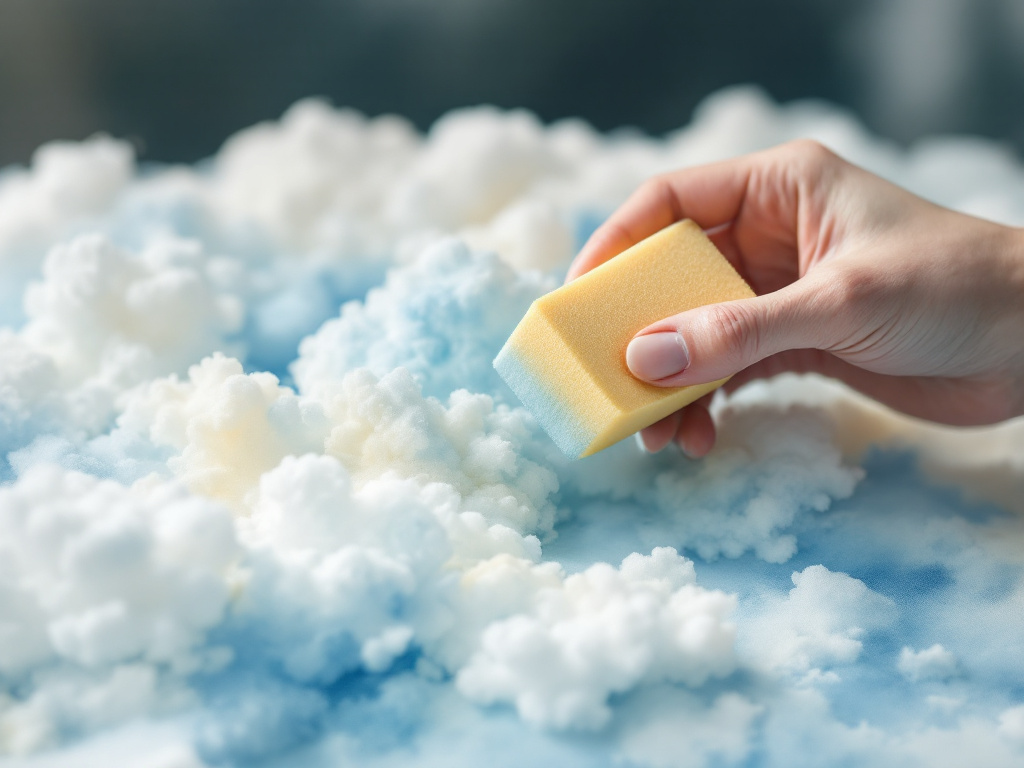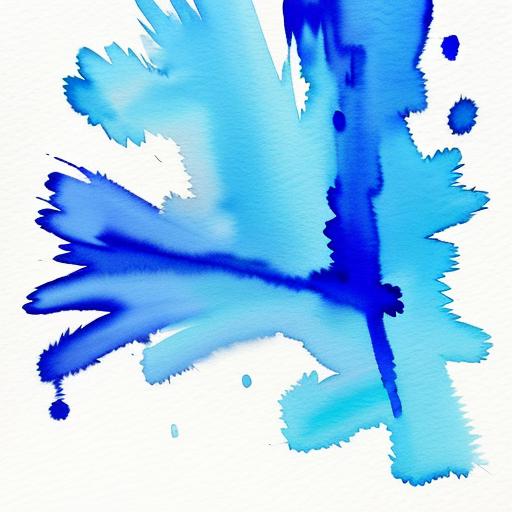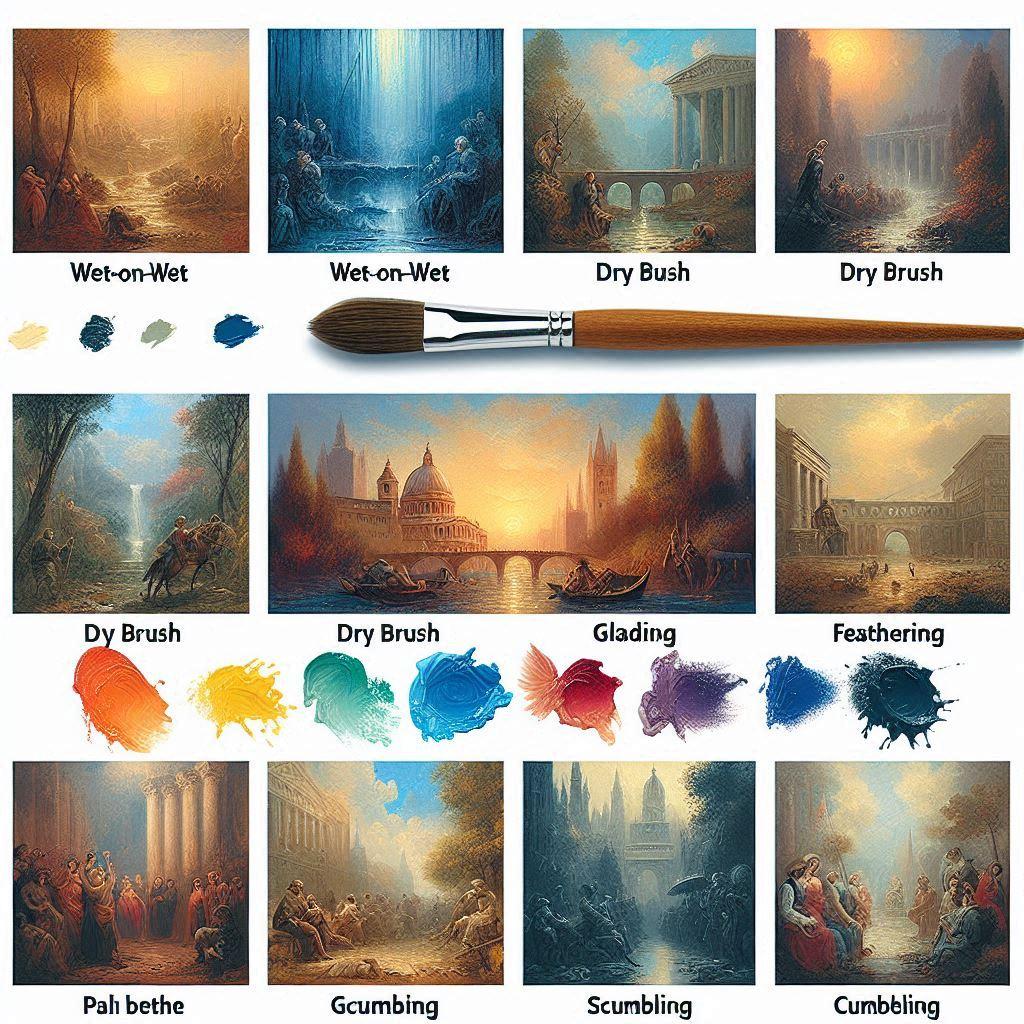Ever wondered how artists create those mind-blowing watercolor textures that look like they’ve been touched by magic? Get ready to dive into the world of watercolor sponge texture—the secret weapon that turns ordinary paintings into extraordinary masterpieces!
What Makes Watercolor Sponge Texture So Special?
Watercolor sponge texture is a transformative art technique. With just the touch of a sponge, it can turn flat, ordinary paintings into dynamic landscapes and emotive works of art that speak volumes without words.
The Science Behind Watercolor Sponge Texture
Understanding the principles behind watercolor sponge texture helps unlock its full potential, revealing why this technique is a favorite among artists.
Texture Types and Techniques
- Natural Sea Sponges: The ultimate texture creators! These sponges have irregular shapes that capture water and pigment in the most unpredictable ways.
- Synthetic Sponges: Perfect for controlled watercolor sponge texture effects, these give artists precision and soft transitions.
- Layering Techniques: Build depth by applying multiple layers of watercolor sponge texture, creating complex visual landscapes. For example, start with a light base layer to define the general shapes, then gradually add darker tones to suggest shadows and contours—perfect for rendering mountains or forested scenes.
Pro Techniques for Watercolor Sponge Texture Mastery
Mastering these techniques can elevate your artwork by adding depth, realism, and a unique touch that brushes alone cannot achieve.
Dabbing Technique:
- Gently tap the sponge to create spotted, organic textures.
- Works great for creating:
- Rocky landscapes
- Misty backgrounds
- Textured foliage
Blending Magic:
- Use wet sponges to blend colors seamlessly.
- Create gradient effects that look like they’re breathing.
- Experiment with color temperatures and saturation.
Why Watercolor Sponge Texture Changes Everything
Before this technique, artists were limited by brushstrokes. Now, watercolor sponge texture opens up entire worlds of artistic expression:
- Create landscapes that feel alive.
- Capture atmospheric conditions.
- Express emotions through texture.
Texture Psychology in Art
Watercolor sponge texture isn’t just about looks—it’s about feeling. Different textures can:
- Evoke memories
- Create mood
- Tell stories without words
Practical Tips for Watercolor Sponge Texture Exploration
For more inspiration and guidance, check out these resources:
- Watercolor Painting Techniques: A comprehensive guide to mastering watercolor methods, including sponge textures.
- Sponge Art Tutorials: Step-by-step tutorials for creating stunning textured effects with sponges.
Materials You’ll Need
- Watercolor paints
- Various sponges (natural and synthetic)
- High-quality watercolor paper
- Patience and creativity!
Common Mistakes to Avoid
- Using too much water
- Not experimenting enough
- Being afraid of imperfection
The Artist’s Challenge
Watercolor sponge texture is your passport to artistic freedom. Every dab, every touch is a unique moment of creation. No two pieces will ever be exactly the same—and that’s the beauty of it!
Pro Tip: The key to mastering watercolor sponge texture is simple—play, experiment, and never be afraid to make “mistakes.” In art, there are no mistakes, only happy accidents waiting to become masterpieces.
Famous Artists and the Sponge Technique
Throughout history, several renowned artists have embraced the sponge technique to elevate their watercolor creations. Notable examples include:
- J.M.W. Turner: Known for his ethereal landscapes, Turner often used unconventional tools, including sponges, to achieve atmospheric effects that are still admired today.
- Georgia O’Keeffe: While primarily recognized for her bold floral paintings, O’Keeffe experimented with texture, including sponge techniques, to add depth and organic patterns.
- John Singer Sargent: A master of watercolor, Sargent frequently incorporated sponge textures in his work to create dynamic backgrounds and enhance the realism of his subjects.
These artists demonstrate how the sponge technique can be both innovative and timeless, offering inspiration to contemporary creators.
Final Thoughts
To dive deeper into the world of sponge textures and expand your artistic skills, don’t miss the external resources listed above. These tools will help you unlock the full potential of this transformative technique.
Watercolor sponge texture is more than a technique—it’s a way of seeing the world. It teaches us that beauty can come from unexpected places, that perfection is boring, and that art is about expressing what’s inside of you.
Your Mission: Grab a sponge, some watercolors, and let your creativity run wild! Start with a simple project like creating a textured ocean scene. Use a natural sea sponge to dab various shades of blue and green for the water, and experiment with layering to add depth and movement. The only limit is your imagination.



